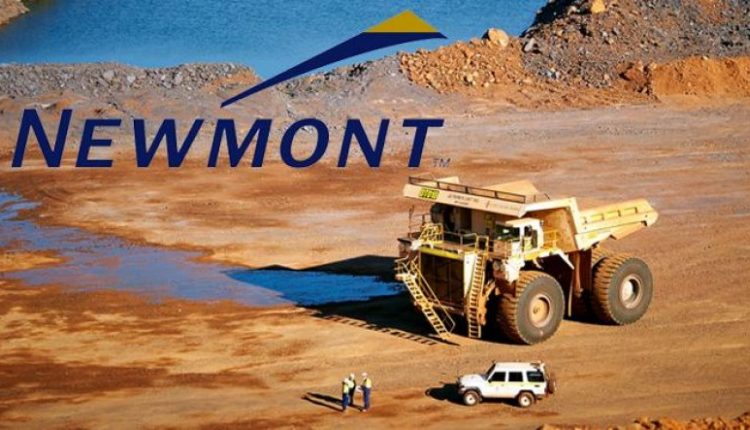Gold major Newmont spending $500m on renewables
Gold mining major Newmont is spending $500-million on renewable energy projects against the backdrop of climate risk equating to investment risk for all mining industry participants, the Energy and Mines Virtual World Congress heard on Tuesday.
Expenditure of the half-a-billion dollars began last year and will extend over five years to 2025, Newmont executive VP and chief technology officer Dean Gehring told the 600 attendees of the event, moderated by Energy and Mines director Adrienne Baker, and covered by Mining Weekly.
Newmont, based in Colorado, in the US, owns gold mines in Nevada, Colorado, Ontario, Quebec, Mexico, the Dominican Republic, Australia, Ghana, Argentina, Peru and Suriname. It is also a producer of copper, silver, zinc and lead.
Gehring expressed the view that the mining industry could not afford to be fast followers when it came to the deployment of new technologies relating to climate-change mitigation.
“In the context of the mining industry’s timeline, when you consider our capital intensity, there’s not much time left to meet the 2030 targets,” he said, referring to the International Council on Mining and Metals (ICMM) last month committing its member mining companies to a 30% carbon emissions reduction by 2030.
Among the ICMM’s 28 member companies are South Africa’s African Rainbow Minerals, Anglo American, Glencore, Sibanye-Stillwater, Gold Fields, South32 and AngloGold Ashanti.
“It can take five to ten years to develop cutting-edge original equipment manufacturer technology. Besides having the capacity to deploy new technology, companies will need time to build the necessary infrastructure to support and operate that technology,” Gehring commented.
He drew attention to the increasingly vigorous focus being placed on Newmont’s environmental, social and governance (ESG) stance, accompanied by what he described as “increasing investor and societal expectations as well” – against the backdrop of the standpoint of powerful global investors such as BlackRock that ‘climate risk is investment risk’.
He illustrated the dramatic increase in climate-change pressure by revealing that Newmont had experienced a threefold surge in ESG downloads – from 2 000 last year to 6 000 so far this year.
This intensified ESG focus had sent strong signals about the importance of long-term climate strategy.
The steep trajectory of rapidly rising climate-change expectations was, in his view, set to continue, with investors no longer being satisfied with mere emission-reduction commitments but demanding detail about the pathways that mining companies had embarked upon to achieve their targets.
“With the COP26 summit under way and its mission to accelerate the goals of the Paris Agreement, we’re not going to be surprised if we see even more aggressive targets and more expectations coming out of that summit,” said Gehring, who predicted that smaller mining companies would soon also be subject to the pressures that only large mining companies had experienced up to now.
He expressed the view that mining companies would need scale, partners and a centralised approach to develop and deploy lower-carbon technologies rapidly enough to remain within the expectations curve.
Also, as pressures increased, mining companies should expect emission reduction to become an integral part of valuation metrics.
BOTTOM-LINE CLIMATE FOCUS
Within Newmont itself, additional emphasis was being placed on potential carbon costs and emission savings as the viability of any new project was being assessed.
“Simply said, we’re focused on the bottom line, both from the financial and climate perspectives,” said Gehring.
He revealed that Science Based Target Initiative (SBTI) had in June validated Newmont’s greenhouse gas emissions reduction targets of 30% of Scope 3 emissions by 2030 and more than 30% of Scope 1 and Scope 2 emissions by the same deadline, and described SBTI as an organisation that provided “important independent and transparent third-party assurance”.
For the industry as a whole, the climate-change pressures presented by the holistic Paris Agreement had been intensified by the formation of organisations such as the Climate Action 100+ group. All of Newmont’s investors had clear expectations or strong commitments regarding climate change, and of its top-ten shareholders, four were members of Climate Action 100+.
In response to Mining Weekly, Gehring said he would not rule out Newmont’s possible use of green hydrogen in its effort to decarbonise and go greener.



